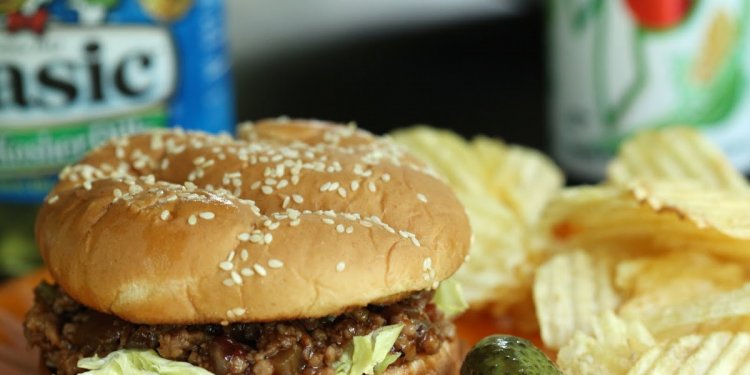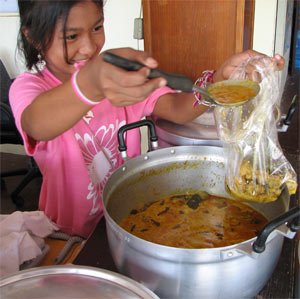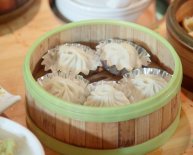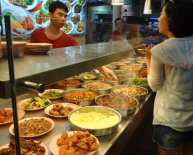
Different types of Asian food
 A “marvelous aromatic mixture of freshly ground herbs and spices” Thai curry paste is not a dry spice powder blend as used in, but rather a wet paste made up of mainly fresh herbs and spices (Jennifer Brennan, The Original Thai Cookbook, © 1981). In fact "dry aromatic spices, prominent in Indian curries are used sparingly in Thai cuisine" (Kasma Loha-unchit, Dancing Shrimp, © 2000).
A “marvelous aromatic mixture of freshly ground herbs and spices” Thai curry paste is not a dry spice powder blend as used in, but rather a wet paste made up of mainly fresh herbs and spices (Jennifer Brennan, The Original Thai Cookbook, © 1981). In fact "dry aromatic spices, prominent in Indian curries are used sparingly in Thai cuisine" (Kasma Loha-unchit, Dancing Shrimp, © 2000).
Curry pastes are the basis of curries throughout South East Asia. Thai, Indonesian, Malay, Cambodian and Vietnamese curry pastes are intense, thick moist blends of aromatic herbal ingredients and spices. Often times a ready-made curry powder is blended into the wet ingredients in Malay and Vietnamese curries, unlike Thai pastes.
The key ingredients in the majority of Thai curry pastes are mostly wet and fragrant: fresh chilies, lemon grass, galangal, garlic, shallot, kaffir lime, cilantro roots, and shrimp paste (kapee). These herbs and spices are appreciated not only for their taste, but also for their medicinal qualities (yah samun phrai).
Curry paste not only forms the basis of curry dishes in Thailand but also can be used in several other dishes, such as stir-fries. “Curry pastes form the basis of almost all Thai dishes – the exceptions are soups and [vegetable] stir-fries” (Vatcharin Bhumichitr, The Big Book of Thai Curries, © 2007).
 See below for a comparison of Indian curries to Thai curries.
See below for a comparison of Indian curries to Thai curries.
The Art of Curry Paste
By varying the few herbs and spices making up the curry paste, the palette of flavors of the various pastes is amazing. As cooking instructor and cookbook author Kasma Loha-unchit notes, “After you have tried out recipes for several different kinds of curry pastes you will notice that many of the same ingredients are used, yet the resulting pastes are far from similar, varying the proportions of ingredients, prepping them differently (e.g. roasting or not roasting beforehand [spices, shrimp paste, garlic, etc]), deleting an ingredient, adding a new one or introducing a new twist somewhere in the process. All of these variations can produce entirely different curries unlike anything a comparison of ingredients may suggest” (Kasma Loha-unchit, It Rains Fishes, Legends, Traditions and the Joys of Thai Cooking © 1995).
 The texture of the different Thai curry pastes also varies: “some kreung gaeng (curry pastes) run to the consistency of fresh clay, while others are as soft as cornmeal dough.” (Joe Cummings, Lonely Planet World Food Thailand, © 2000). With all this variety it's no wonder that curry is part of the daily repast for many Thai people!
The texture of the different Thai curry pastes also varies: “some kreung gaeng (curry pastes) run to the consistency of fresh clay, while others are as soft as cornmeal dough.” (Joe Cummings, Lonely Planet World Food Thailand, © 2000). With all this variety it's no wonder that curry is part of the daily repast for many Thai people!
The curry dishes of Thailand have no direct equivalent in Western food, making it hard to translate exactly how to serve and eat curry. Curries are eaten spooned over plain steamed jasmine rice or kanom jeen (round rice noodles). This helps to cut the heat and the intensity of the flavors. To eat curry as we eat normally eat soup in the West is inappropriate because curries are packed full of intense spices, herbs and hot chilies. Diners normally share a bowl of curry which is accompanied by dishes with mild, salty, bitter and sweet tastes.
 Once cooked, the curry is removed from the heat and usually allowed to cool while the other dishes of the meal are prepared. Curry can be served at room temperature over hot steaming rice. Or it can be served hot over room temperature rice, which helps to alleviate the heat.
Once cooked, the curry is removed from the heat and usually allowed to cool while the other dishes of the meal are prepared. Curry can be served at room temperature over hot steaming rice. Or it can be served hot over room temperature rice, which helps to alleviate the heat.
More things to consider when serving a curry is to plan what dishes you pair your curry with - in Thailand the cooling factors are bland and salty - an example of a bland dish being gaeng joot (mild soup) and a salty dish is often fried salty fish. See for more suggestions about serving a spicy curry dish.
Breaking into a sweat while eating curry is, for many, highly desirable. It is a sort of addiction once you eat curries on a daily basis for about a month. Gradually your tolerance for spicy food increases to an incredible level you never dreamed possible!
If you like milder curry, simply omit the fresh whole chiles and/or add less curry paste. Another excellent hint is to first cook the rice and allow it to cool to room temperature, making it easier to eat spicy foods. The plain rice also offsets the spiciness of the curry.
Many Westerners hear that a certain type of curry paste or curry is the spiciest curry amongst the various types, but this depends on many factors such as how the paste is prepared - i.e. a homemade paste prepared with fresh chilies can be very hot (but even that depends on the chilies themselves and how many used). Then when cooking the curry, the heat level depends on the ratio of curry paste to coconut milk (including how thick or rich the coconut milk), added vegetables (such as sweet potato or pumpkin, which adds sweetness and thereby alleviates heat) and finally the balancing of flavors with the addition of sugar (usually palm sugar) and added salt (sea salt or fish sauce).
Also consider which dishes to pair the curry with - in Thailand the cooling factors are bland, bitter and salty, so serve with a bland gaeng joot (mild soup), fried green vegetables (slightly bitter) and fried salty fish over room temperature jasmine rice. Most Thai meals aim towards a balance of the five flavors (sweet, salty, spicy, bland and bitter)with spicy being just one in a palette of tastes. See above for more details.





















